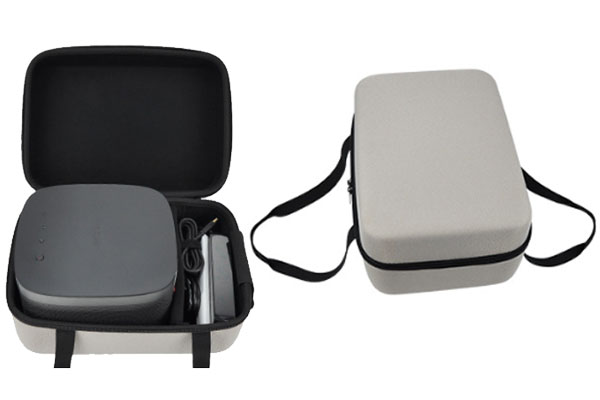



In addition, each type of camera box also has differences in size, carrying system, waterproof and anti-theft, design of accessory space, access to equipment, scalability, and appearance design. Different designs and differences allow each camera box to adapt to different application scenarios. Why are there so many types of camera cases? Before answering this question, we need to understand that our requirements for camera cases vary in different scenarios. For example, when we take photos on the streets of cities, we usually don't have many equipment, but we hope to take out the machine as soon as possible. Therefore, a hard camera case with a shoulder strap has an advantage over a backpack. However, a hard camera case with a shoulder strap has less space and cannot hold many extra things. If we put too many equipment on the back, it will be heavy and easy to wear the camera, so when traveling to take photos of scenery, It's better to use a backpack because it can carry more equipment and accessories, and the backpack is comfortable and suitable for walking, but at the same time, picking up equipment will be slower. The coexistence of different types of camera cases in the market is to address the different needs of photographers in different scenarios. So, the main reason for choosing a camera case is not to choose the best or most cost-effective camera case, but to choose the camera case that suits you.



When taking wedding photos and videos during wedding events, we often have two cameras and two shooting lenses. The situation here is quite complex and there are many ways to reconfigure. I will list a common one, which includes two main cameras with 24-70/2.8 and 70-200/2.8 lenses as the main lens, and also comes with 105/2.8 macro (for static photos), 14-24/2.8 ultra-wide angle, and SB910 flash. We can choose a roller case to store all the equipment, and then use a camera strap or lens barrel with a belt to carry two cameras, three mirrors, and one flash for shooting.
In urban street photography and humanities photography, we usually use a 24-7 focal length because this focal length is closer to a person's field of view. The typical configuration is a body with a 24-7 lens, possibly an additional 70-200/F4 lens, or a 35 fixed focal aperture for low-light environments. City street photography requires the ability to quickly capture the lens, so a single shoulder camera hard case or crossbody bag is a good choice, and the capacity is also suitable for accommodating a camera and a lens configuration. (In fact, for a shoulder bag, having more equipment can also make you feel burdened.) In addition, when shooting city street scenes, we hope that our camera case is as low-key as possible, and it is best not to attract the attention of the people being filmed, which is more conducive to the smooth progress of the shooting.